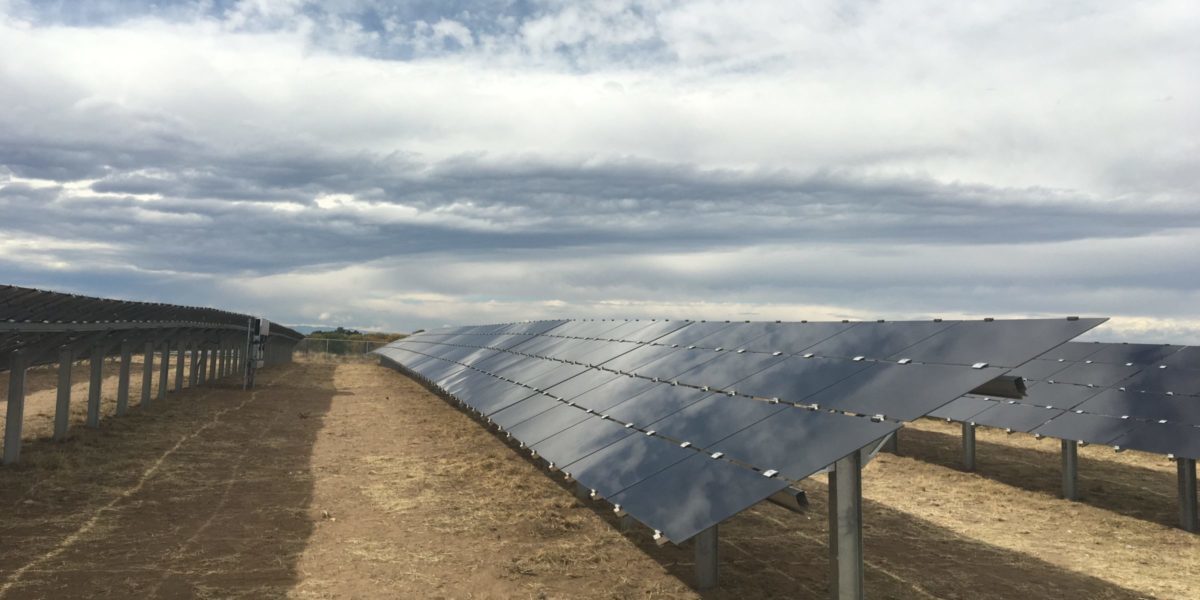From pv magazine USA
During the summer of 2019, South Dakota utility Black Hills Energy conducted a targeted competitive request for proposals (RFP) to replace solar and solar+storage projects. It resulted in 133 bids, with a median price for solar power of $0.024/kWh and solar+storage of $0.036/kWh.
The surprise of these rates, combined with pending cuts to the 30% investment tax credit (ITC), is driving them to seek this new capacity, the utility has said. It has no immediate need for new capacity to meet load requirements, and doesn't need new energy to meet the state’s renewable energy standard requirements. Renewable advantage is thus solely focused on whether the opportunistic window represented by Public Service Co. of Colorado's recent competitive solicitation and the phase-out of tax credits will permit Black Hills to significantly increase renewable and storage resources with savings to customers.
Short version – it’s all about the money. The utility states that if the bids don’t save their customers cash, then it will not proceed with the procurement.
The competitive bidding process will accept four types of bids – power purchase agreements, build-transfer arrangements, power purchase agreements that include a future sale to Black Hills Energy, or – drum roll, please – utility self-build. The bids are due by Feb. 15, 2020, with projects expected to be approved by the end of 2020 and interconnected to the power grid before the end of 2022.
Due to the intermittent natures of solar and wind, the utility will give “effective load-carrying capacity” (ELCC) of 23% and 19%, respectively. Adding energy storage will increase the ELCC.
Popular content
The example the company gave explained how a battery will increase the ELCC of a solar or wind facility:
For example, a 100 MW 8-hour storage device would receive a 95 MW capacity credit. If it were paired with a 100 MW solar facility, the solar facility would receive a 23 MW capacity credit. The combined capacity credit would be 118 MW. However, since that amount is greater than the eligible energy resource nameplate capacity, the capacity credit will be reduced to 100 MW.
The combination of this information leads pv magazine USA to believe the volumes of solar power installed could be up to five times higher, if no energy storage would be included, but in fact will be scaled back as the developers run their economic models to feather in financially viable volumes of energy storage.
If the projects go through, this will bring the utility to approximately 60% CO2-free electricity in its southern Colorado generation portfolio in 2023. The recently added 60 MW Busch Ranch II wind project brought the group to 30% renewables, fulfilling the requirements of Colorado’s renewable energy mandates.
This content is protected by copyright and may not be reused. If you want to cooperate with us and would like to reuse some of our content, please contact: editors@pv-magazine.com.


By submitting this form you agree to pv magazine using your data for the purposes of publishing your comment.
Your personal data will only be disclosed or otherwise transmitted to third parties for the purposes of spam filtering or if this is necessary for technical maintenance of the website. Any other transfer to third parties will not take place unless this is justified on the basis of applicable data protection regulations or if pv magazine is legally obliged to do so.
You may revoke this consent at any time with effect for the future, in which case your personal data will be deleted immediately. Otherwise, your data will be deleted if pv magazine has processed your request or the purpose of data storage is fulfilled.
Further information on data privacy can be found in our Data Protection Policy.